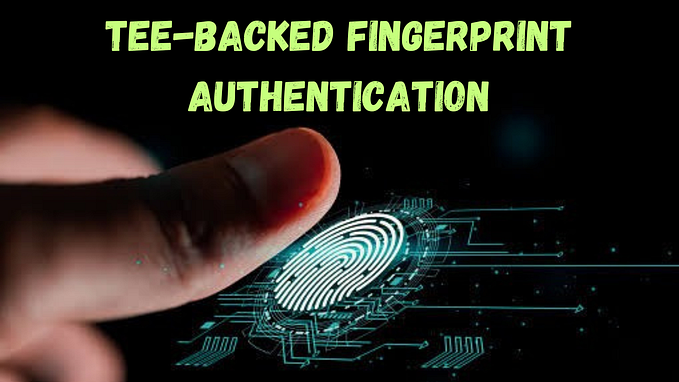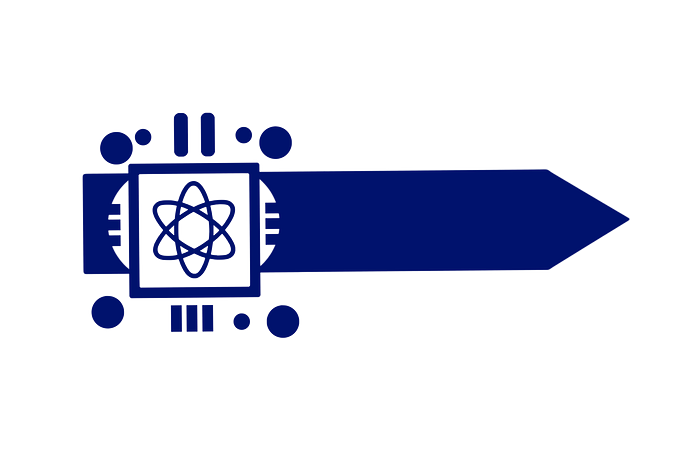
Introduction
Merkle trees are one of the most important concepts in cryptography and they’re used in many different areas. Merkle trees were originally invented by Ralph Merkle, who is known as the Father of Public-Key Cryptography. Merkles are a very valuable tool that you can use in many different ways. In this blog post we will explore what exactly a Merkle tree is and why it’s useful for us as developers who work with cryptocurrencies or any other type of data encryption scheme involving hashing algorithms (aka cryptographic hashes).
What are Merkle trees?
Merkle trees are a way to represent a large amount of data in a smaller amount of data.
The smaller amount of data is called the Merkle root, which can be used to verify the integrity of the larger amount of data.

Why is this structure useful?
Merkle trees are useful for a variety of reasons. As we’ve discussed, they provide an efficient way to store and retrieve data. They can also be used to verify the integrity of your data, which means that if you have any sort of information that needs to be verified (such as a file or block on the blockchain), it’s easy to see whether or not anything has been changed since the last time you checked. Since the Merkle tree only stores hashes, there’s no possibility of corrupting this information by accidently changing one hash into another; instead, if something goes wrong (for example, if someone attempts to tamper with part of your data or chain), then all other hashes will change too and so there is an immediate red flag raised when checking them off against each other.
These properties make Merkle trees great tools in cryptography because they’re easy-to-use yet highly versatile tools: since all cryptographic operations can be done using just one hash function plus some simple math operations (addition and multiplication), adding multiple instances where these take place results in quicker verification times overall!
Merkle trees are essential to blockchains.
We can use the structure of a Merkle tree to verify the integrity of a message, file or even a block. The way this works is that each block that is added to the blockchain contains some sort of unique identifying information (the hash). In order for someone to verify that their copy of the blockchain is correct, they will simply take all of their blocks and create hashes from them. They then compare those hashes with what’s stored on every other computer connected to their network. If there are any discrepancies then we have found out that someone has tampered with our block data!
The Merkle root is important, but how can we calculate it?
The Merkle root is important, but how can we calculate it?
It’s actually quite simple. The Merkle root is the hash of the concatenation of all of the leaves. As an example, if we had two leaves: A and B (with hashes A = ‘a’ and B = ‘b’), then our merkle tree would look like this:

When might you want to use a Merkle tree?
When might you want to use a Merkle tree?
Merkle trees can be used to verify the integrity of large data sets. Some examples include:
- Verifying that the contents of a file have not been tampered with
- Verifying that an application file has not been tampered with (for example, if you’re downloading a new version of your favorite game)
- Verifying that all transactions on the Bitcoin blockchain were valid, even though you don’t care about or need to check any specific transaction in particular
Merkle trees are a very valuable tool that you can use in many different ways.
Merkle trees are a very valuable tool that you can use in many different ways. They are a very useful tool for blockchain and cryptocurrency, as well as cryptography. Merkle trees can be used to make blockchains possible and more secure by allowing nodes to verify the integrity of data and messages coming from other nodes in the network, while at the same time not having access to any private information such as IP addresses or user names.
Conclusion
I hope this blog post gave you a better understanding of Merkle Trees and how they are used in blockchains. I know that this research helped me understand the underlining technology in blockchains. If there is anything else you would like to know about Merkle Trees or any other topic, please leave a comment below.










